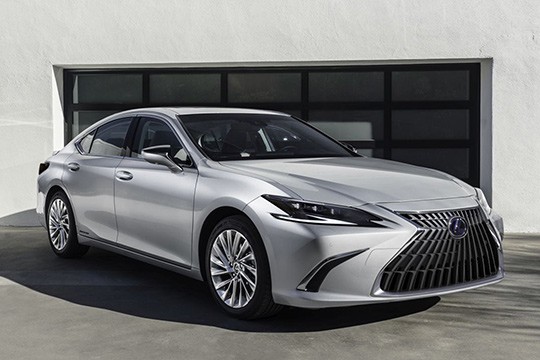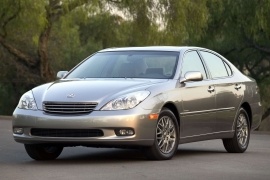


The good news is that Apple CarPlay and Android Auto became standard across the range in September 2020. It’s certainly fresh, and displays the typical exceptional build quality we’ve come to expect from the brand – although the touchpad operation of the infotainment system will still struggle to impress drivers brought up on BMW’s iDrive controller. The interior design is eye-catching, with what Lexus calls a driver-centric cockpit and an airier, more open feel for the passenger. Rivals are also moving in this direction, though, and plug-in hybrids such as the BMW 530e, Mercedes E 300 e and Volvo S90 Recharge have even lower CO2 figures thanks to their ability to run on electric power alone for extended periods. This is a significant benefit for company-car drivers, thanks to lower Benefit-in-Kind (BiK) rates, especially compared to diesel equivalents. It's a setup that should not only cut fuel consumption, especially in urban driving and heavy traffic, but also reduce CO2 emissions. But its "self-charging" petrol-electric hybrid powertrain will appeal to buyers looking to move away from solely diesel or petrol power. Some will see its front-wheel-drive configuration as an inherent disadvantage, and it could put off traditional BMW and Jaguar drivers. Now in its seventh generation, the Lexus ES 300h certainly isn't lacking in style, with distinctive swooping lines and a large grille that ensures you know exactly who made it. The GS was a slow seller, however, in part because it wasn't quite as polished to drive as those key rivals. It's a direct replacement for the Lexus GS, which was the Japanese brand's contender against German models like the Audi A6, BMW 5 Series and Mercedes E-Class. The Lexus ES is a large executive saloon that has been on sale around the world for years, but was never offered in the UK until this generation.


 0 kommentar(er)
0 kommentar(er)
